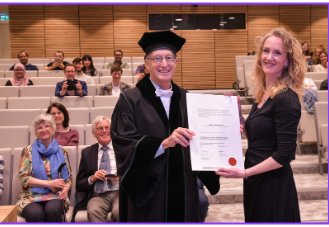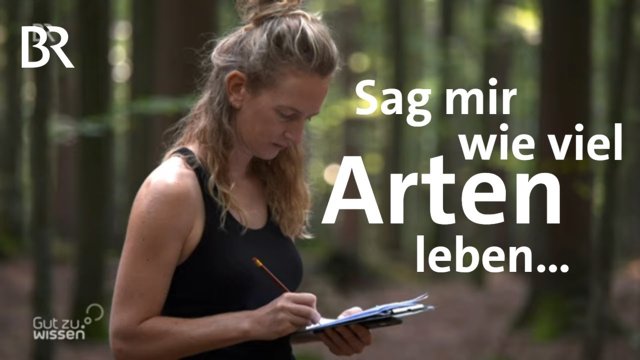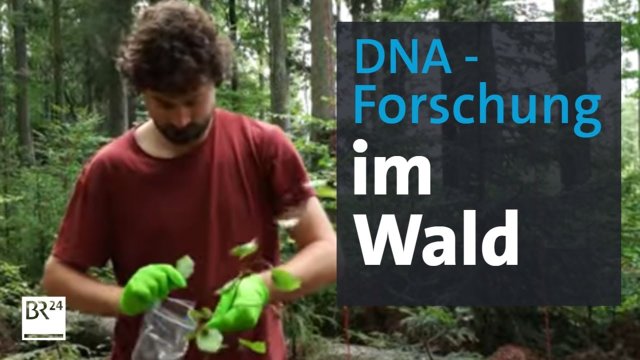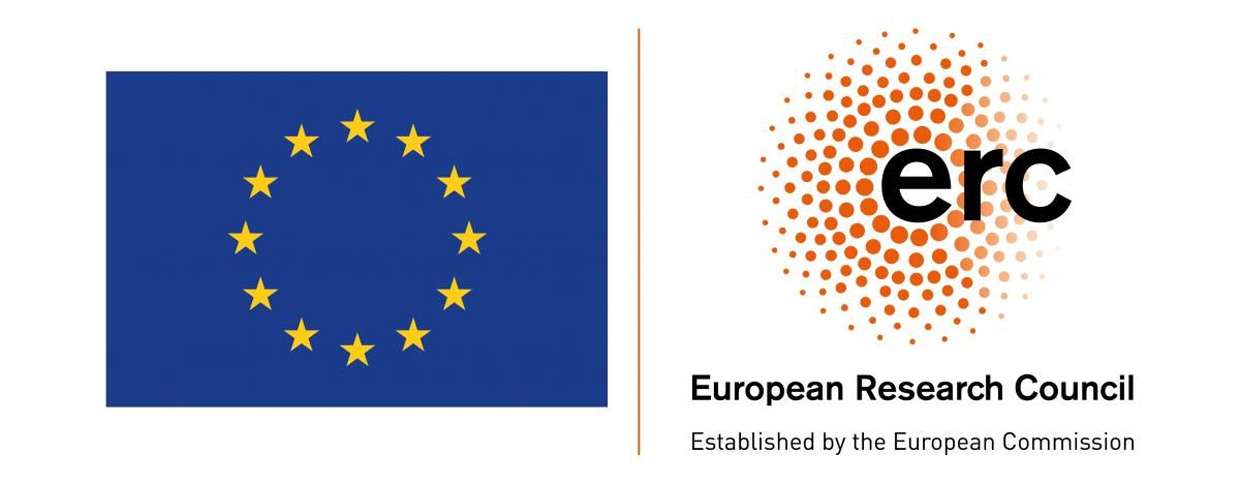DNA research within the Bavaria National Park in Germany
News reporter:
This researcher is not shooting animals. Researchers from The Netherlands, from the city of Enschede, are shooting leaves from the trees in the Bavaria National Park. This is a project in collaboration with the organization of the Bavarian National Park.
Marco Heurich:
With genetic methods we try to identify different species by collecting soil samples and leaf samples and we analyze the genes, so to say, in the lab so we then can determine which species we are dealing with.
Then we can use the newest sensors to identify these same species but from the skies above.
News reporter:
This project has only just started. At the moment the researchers are gathering the genetic materials, and as many as possible, from both the ground as from the sky.
Andjin Siegenthaler:
The bacteria and microbes are very important for our research. When we want to look into the bacteria- and microbe life from the skies above , we need to collect the leaves that get most of the sunlight and are the most visible from the satellite images. These we can then identify and measure.
News reporter:
In order for them to obtain the suitable leaves from the trees, they need weapons. They use crossbows and slingshots to make their work easier.
Andjin Siegenthaler:
We are looking for a specific type of DNA that tells us what species we are dealing with. It is like the use of barcodes used in supermarkets, a databank with genetic codes that tell us whether we are dealing with bacteria, mushrooms, insects or animals. When we then compare the DNA within the databank we can determine which species we have in our sample.
News reporter:
The DNA collected from the leaves, and accordingly the species diversity are being examined in the lab. The researchers from Enschede will combine these research results to with hyperspectral imagery coming from above.
Marco Heurich:
We use this, so to say, to calibrate the satellite data. I would know then what type of satellite signal I would get when we have a certain diversity on the ground. For the next overflight, which occurs regularly, we wouldn’t have measure on the ground anymore, but will know automatically what the biological diversity is and how it changes over time.
News reporter:
With the research and satellite images the researchers aim to get a better overview of the earth’s species diversity in a faster and less expensive manner.





